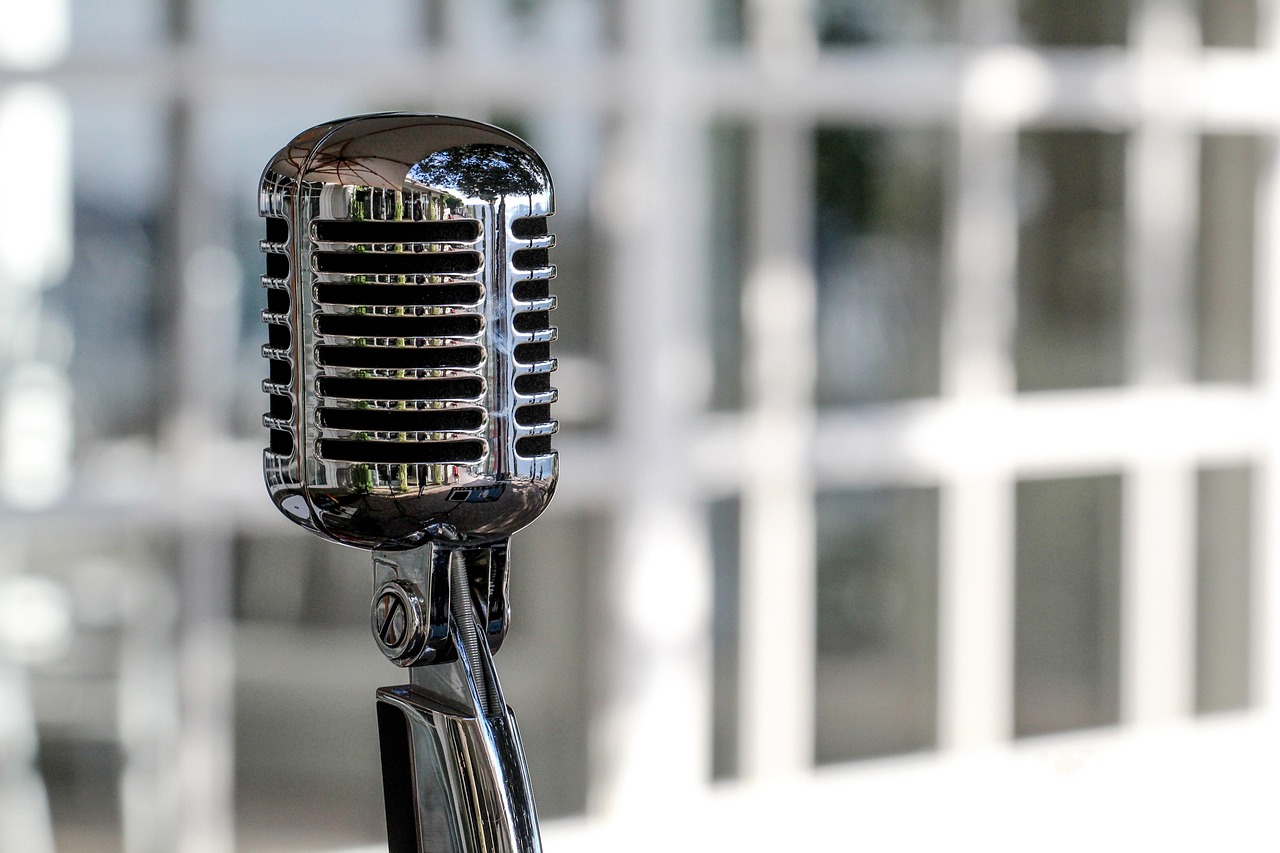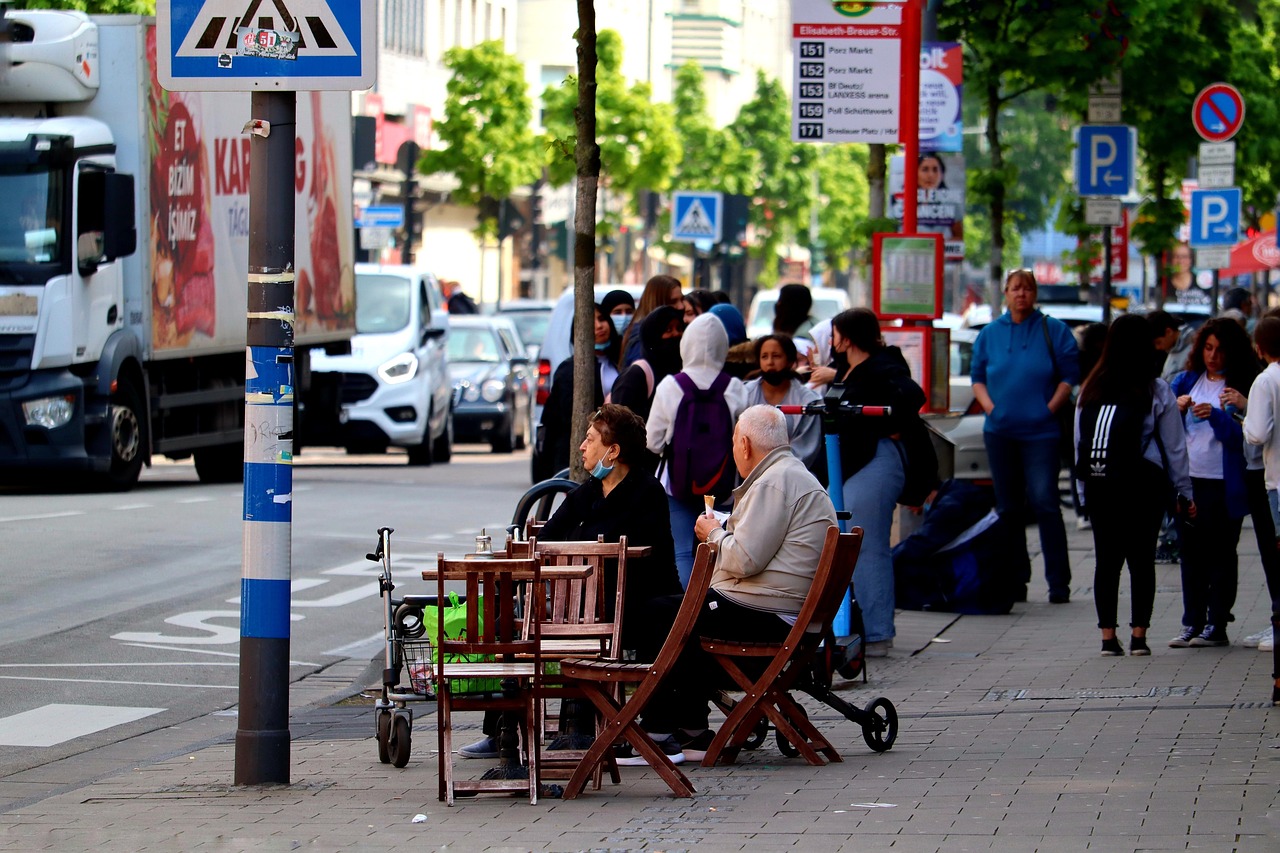The Great Leveling: How Mass Media Homogenized American Speech

Television changed everything when it came to American accents, and the numbers tell the story. According to research from the University of Pennsylvania’s Linguistics Department, regional accent variation has decreased by approximately 40% since the 1950s. The phenomenon started with network television anchors who adopted what linguists call “General American” pronunciation—a neutral accent that wouldn’t alienate viewers from different regions. This standardized way of speaking became the gold standard, and millions of Americans unconsciously began mimicking what they heard on their screens every night. The effect was so powerful that children growing up in the 1960s and 70s often sounded more like Walter Cronkite than their own grandparents.
Social Media’s Role in Flattening Regional Dialects

The digital age has accelerated accent erosion in ways linguists couldn’t have predicted. A 2024 study from Stanford University found that teenagers who spend more than four hours daily on social media platforms like TikTok and Instagram are 60% more likely to adopt features of “internet speak” than maintain their regional accents. Young people are now exposed to thousands of different speakers from across the country through their phones, creating a linguistic melting pot that favors trending pronunciations over traditional regional ones. The algorithm-driven content also means that the most popular creators—often from California or New York—have outsized influence on how millions of young Americans speak. This digital dialect is becoming so dominant that some linguists worry entire regional speech patterns could vanish within a generation.
The Economics of Accent Discrimination

Money talks, and sometimes it tells people to change how they talk. Research from the University of Chicago’s Booth School of Business revealed that job applicants with strong regional accents are 23% less likely to receive callbacks for professional positions. Southern accents face particular discrimination, with studies showing they’re often associated with lower intelligence despite no correlation between accent and cognitive ability. This economic pressure has led many Americans to consciously “neutralize” their speech patterns, especially when moving to new cities for work. The phenomenon is so widespread that accent reduction classes have become a $500 million industry, with coaches helping people shed their regional markers for better career prospects.
Boston’s Vanishing “R”: A Case Study in Urban Accent Loss

The famous Boston accent—think “pahk the cah”—is disappearing faster than anyone expected. Linguist William Labov’s long-term study of Boston speech patterns shows that only 15% of people born after 1980 consistently drop their R’s, compared to 85% of those born before 1940. The shift is most dramatic in educated, middle-class families where parents actively discourage their children from speaking with the traditional Boston accent. Even in neighborhoods like Southie, once bastions of the classic Boston sound, you’ll find teenagers who sound more like they’re from anywhere USA than the city of their birth. The change is so rapid that some Boston natives joke they need subtitles to understand their own grandparents.
The South’s Linguistic Holdouts

Despite nationwide trends, certain Southern communities are fighting back against accent erosion with surprising success. Rural areas in Mississippi, Alabama, and Georgia have maintained their distinctive speech patterns, with some communities showing less than 10% change over the past 30 years according to the Southern American English Research Project. The key factor appears to be community pride and resistance to outside cultural influence. Small towns that celebrate their heritage through festivals, local media, and strong social networks tend to preserve their accents much better than areas that have experienced rapid population growth or economic upheaval. Interestingly, some young Southerners are even intentionally strengthening their accents as a form of cultural identity, viewing their speech as a badge of honor rather than something to hide.
New York’s Stubborn Boroughs

While Manhattan has largely adopted a more neutral American accent, the outer boroughs of New York City continue to resist linguistic homogenization. Queens, Brooklyn, and the Bronx have maintained much of their distinctive pronunciation, with recent studies showing that 70% of longtime residents still exhibit classic New York speech patterns. The secret seems to be the tight-knit neighborhood culture that still exists in these areas, where local identity remains strong despite gentrification pressures. Italian-American and Jewish communities in particular have served as accent preservationists, passing down their distinctive speech patterns through family traditions and community gatherings. Even second and third-generation immigrants often maintain elements of the classic New York accent, creating a linguistic island in an increasingly homogenized country.
The Great Lakes: Where Vowels Tell Stories

The Great Lakes region presents a fascinating case study in accent evolution, with the Northern Cities Vowel Shift creating new patterns even as others disappear. Cities like Chicago, Detroit, and Cleveland have developed their own unique pronunciation changes over the past 50 years, with residents pronouncing words like “cat” and “bat” in ways that sound almost foreign to other Americans. This phenomenon shows that regional accents aren’t just disappearing—they’re also being born. The shift is so pronounced that linguists can often pinpoint which Great Lakes city someone is from just by listening to how they say common words. What makes this region special is that the accent changes are happening organically within communities, rather than being imposed by outside media influence.
Technology’s Double-Edged Sword

Voice recognition technology has created an unexpected feedback loop in accent preservation and destruction. Companies like Apple, Google, and Amazon have had to train their systems to understand regional accents, which has led to better documentation of how Americans actually speak. However, these same systems often work better with “standard” American English, subtly encouraging users to modify their speech patterns for better device interaction. A 2023 study from MIT found that smart speaker users gradually shift their pronunciation toward more neutral patterns when frequently interacting with voice assistants. The technology companies are aware of this issue, with some now actively working to preserve accent diversity in their training data, but the damage may already be done for many users who’ve unconsciously adapted their speech to be more “machine-friendly.”
Immigration’s Complex Impact on Regional Speech

New immigration patterns are reshaping American accents in unexpected ways, particularly in gateway cities like Miami, Los Angeles, and Houston. These areas are developing hybrid accents that blend traditional American regional patterns with influences from Spanish, Mandarin, and other languages. The result is often a flattening of traditional regional features combined with new pronunciation patterns that reflect the multicultural reality of modern America. However, this linguistic mixing doesn’t always lead to accent loss—sometimes it creates entirely new regional variations. Miami’s unique blend of Cuban Spanish and Southern American English has created a distinctive local accent that’s actually becoming stronger over time, showing how immigration can both preserve and transform regional speech patterns.
The Rural-Urban Divide in Accent Preservation

The gap between rural and urban speech patterns is widening, creating a new form of accent geography based on population density rather than traditional regional boundaries. Rural areas across the country are maintaining their distinctive accents at much higher rates than their urban counterparts, with some farming communities showing virtually no change in speech patterns over the past 40 years. The phenomenon is particularly striking in states like Texas, where rural areas maintain strong regional accents while cities like Austin and Dallas have adopted more neutral speech patterns. This divide has social and political implications, as accent differences increasingly correlate with lifestyle and political preferences, creating yet another marker of cultural division in American society.
Youth Culture and Accent Evolution

Generation Z is creating new forms of accent variation that don’t follow traditional geographic patterns. Instead of regional accents, young Americans are developing “network-based” speech patterns influenced by their online communities and social groups. Gamers, for instance, often adopt certain pronunciation patterns regardless of where they live, while music communities develop their own linguistic markers. This represents a fundamental shift from geography-based accent formation to interest-based speech communities. The phenomenon is so new that linguists are still trying to understand its long-term implications, but early research suggests that these new accent patterns may be more durable than traditional regional ones because they’re tied to identity and community membership rather than simple geographic proximity.
The Future of American Speech

Current trends suggest that American accents will likely continue to diminish in traditional regional strongholds while new forms of variation emerge based on other factors. Climate change and economic migration are already disrupting traditional speech communities, with people from accent-rich areas moving to neutral zones and vice versa. The COVID-19 pandemic accelerated these changes, as remote work allowed people to maintain career connections while living in smaller communities that might have previously required accent modification. Some linguists predict that within 50 years, traditional regional accents will survive primarily in rural areas and specific urban neighborhoods, while new forms of variation based on profession, education, and cultural affiliation will become more prominent. The question isn’t whether American accents will disappear entirely, but rather what new forms of linguistic diversity will replace our current regional patterns.





